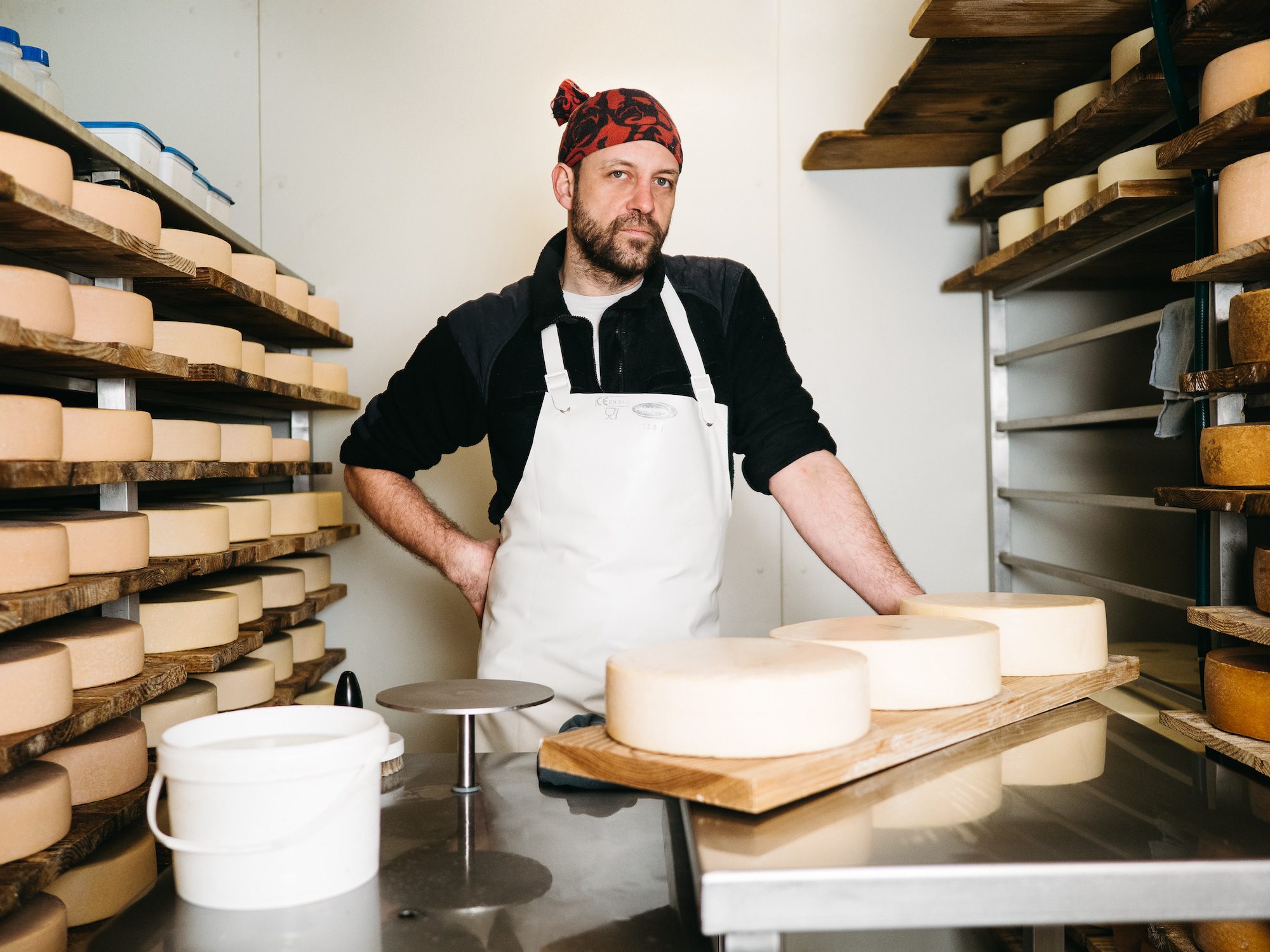Satisfy the Cheese Makers Melbourne Trusts: The Tradition of Floridia Cheese Thomastown
Satisfy the Cheese Makers Melbourne Trusts: The Tradition of Floridia Cheese Thomastown
Blog Article
Unlocking the Keys of Artisanal Cheese Making: A Step-by-Step Do It Yourself Overview
In the realm of cooking workmanship, artisanal cheese making stands as a testimony to the fragile equilibrium between custom and advancement. As we begin on this journey to demystify the art of producing splendid cheeses, we are faced with a tapestry of secrets and skills waiting to be unraveled.
Picking the Right Milk
When starting the trip of artisanal cheese production, the choice of milk plays a vital function in figuring out the high quality and qualities of the end product. The kind of milk selected affects the flavor, appearance, and on the whole profile of the cheese. Raw milk, right from the pet, is liked by numerous artisanal cheesemakers due to its one-of-a-kind mix of enzymes, germs, and flavor substances. Making use of raw milk comes with dangers and policies, making pasteurized milk a more secure option for newbies.
When choosing milk for cheese production, it is very important to think about the fat web content. Higher fat web content in milk can result in a creamier and richer cheese, while reduced fat web content may bring about a drier and firmer structure. Additionally, the source of the milk, whether from cows, goats, lamb, or buffalo, contributes unique tastes and qualities to celebrity (Cheese Makers Melbourne). Each kind of milk brings its very own subtleties, enabling for a wide variety of cheese selections to be crafted based upon the chosen milk. Eventually, the option of milk is a fundamental decision that establishes the structure for an effective artisanal cheese-making endeavor.
Culturing and Coagulating
To initiate the cheese-making process, the important actions of culturing and coagulating have to be meticulously executed to transform milk into curds and whey. Culturing involves presenting beneficial bacteria to the milk, which then starts the fermentation procedure. These microorganisms transform lactose (milk sugar) right into lactic acid, producing the acidic atmosphere needed for coagulation. The sort of culture utilized can substantially affect the flavor, texture, and ripening of the final cheese item.

The timing and temperature level control throughout culturing and coagulation are crucial variables that affect the final result of the cheese. Correct execution of these actions is important to ensure the wanted texture, taste, and consistency of the artisanal cheese being created.
Draining and Pressing Curds
After the milk proteins have coagulated and the curds have actually been cut to launch whey, the next vital action in artisanal cheese making includes draining pipes and pressing the curds to attain the desired appearance and consistency of the final cheese product. Draining pipes is the process of dividing the curds from the whey. This can be done by moving the curds into a cheesecloth-lined bowl-shaped sieve or mold and mildew and enabling the whey to drain pipes off normally. The time for draining pipes can differ depending on the kind of cheese being made and the wanted moisture material.
Pressing helps expel any remaining whey and compacts the curds to form a strong cheese wheel. Correct draining pipes and pushing are essential steps that significantly influence the top quality and features of the artisanal cheese being generated.
Aging and Flavor Methods
Executing meticulous aging and flavor strategies is essential in improving the depth and intricacy of artisanal straight from the source cheeses, raising their taste profiles to elegant degrees of refinement and sophistication. Aging plays an essential role in creating the special flavors and appearances that differentiate artisanal cheeses. During the aging procedure, cheeses are kept in thoroughly regulated atmospheres where elements such as temperature level, moisture, and airflow are adjusted to motivate the development of useful molds and germs. This regulated atmosphere permits the cheese to grow slowly, creating intricate aromas and rich tastes.
Flavoring methods additionally contribute substantially to the last preference of artisanal cheeses. Cheesemakers may select to present added tastes by incorporating components such as natural herbs, seasonings, or also fruits into the cheese during the production procedure. In addition, some cheeses are cleaned or massaged with various liquids, such as brine or alcohol, to improve their flavors and structures.
Covering and Saving Cheeses

Final Thought
In verdict, understanding Cheese Makers Melbourne the art of artisanal cheese making involves thoroughly picking the appropriate milk, complying with precise culturing and coagulating processes, draining pipes and pushing curds effectively, and utilizing various aging and flavoring methods. Keep in mind to wrap and save your cheeses correctly to make sure ideal taste and structure growth.
Each kind of milk brings its own subtleties, enabling for a vast range of cheese varieties to be crafted based on the selected milk.After the milk proteins have actually coagulated and the curds have been reduced to launch whey, the following important action in artisanal cheese making involves draining pipes and pushing the curds to achieve the preferred appearance and uniformity of the last cheese product. A lot of cheeses should be wrapped in wax paper or cheese paper to enable them to breathe while protecting them from drying out. For cheeses that need to proceed aging, such as bloomy peels or cleaned rinds, ensure they are saved in a trendy setting like a cheese cavern or a refrigerator set to the ideal temperature level. By paying interest to the wrapping and storage space of artisanal cheeses, cheese manufacturers and lovers can preserve the honesty of these specials and completely appreciate their intricate flavors.
Report this page